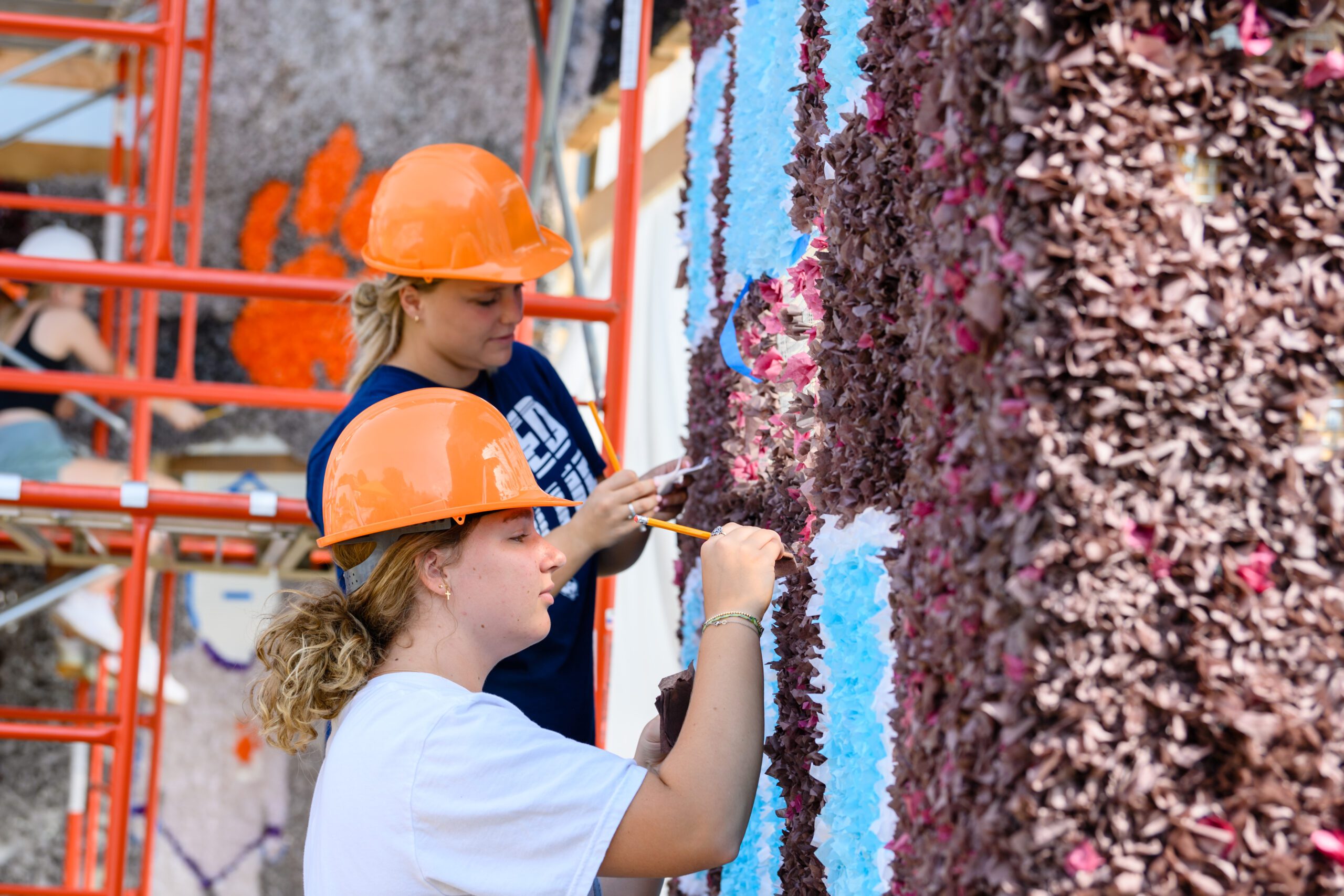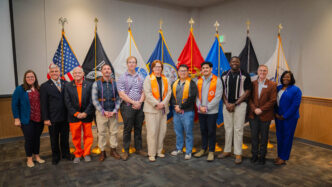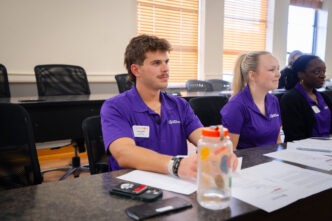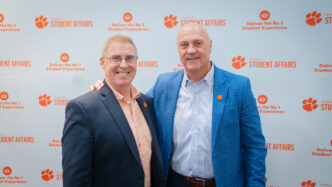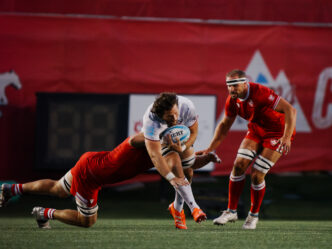Homecoming has been celebrated for over a century at Clemson University, with many members of the Clemson community taking part in traditions revolving around Homecoming Week.
Clemson’s Homecoming tradition dates back to 1914 as an invitation to Clemson families, students and alumni to celebrate their community and university. For the past 101 years, the annual football game has been hosted in Memorial Stadium to conclude the events of Homecoming, growing the weeklong celebration as an even bigger welcome home to Clemson fans. Between sporting events, pep rallies, float building and connecting the Clemson community, there is plenty of spirit throughout campus during one of the most celebrated weeks of the year at Clemson.
Here are the need-to-know traditions and groups that help make Homecoming so special at Clemson.
Alumni
Homecoming is put on by Clemson’s Alumni Association, established as a week that is central to bringing together the Clemson Family. Alumni of decades past return home to their old stomping grounds and partake in and witness old traditions from their time at the University.
Multiple campus organizations host tailgates for their alumni, including the Clemson University Honors College, the Nursing Alumni Council and the College of Agriculture, Forestry and Life Sciences. Alumni are especially welcome and encouraged to attend Tigerama and the football game the week of Homecoming.
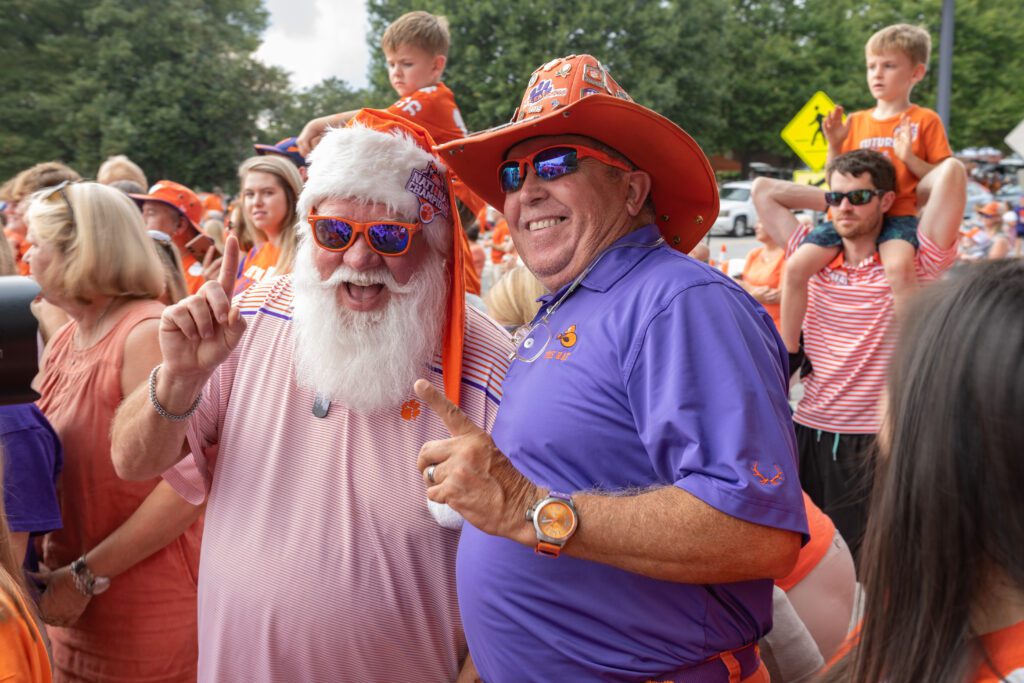
Tigerama
Tigerama began in 1957 by alumnus Joe Blandford as a Clemson-themed pep rally. Tigerama is put on by Blue Key Honor Society and Tiger Live Entertainment to provide skits, musical performances and crowd interaction throughout the event. Homecoming is centered around a new theme each year, which is translated through Tigerama. Past themes included Cowboy Clemson, Hollywood and Television, and the Clemson Dynasty.
During the event, skits are put on by the Interfraternity Council, the football team and multicultural organizations. Musical performances are given by Tiger Band, acapella groups Take Note and Tiger Roar, with dance performances from Tiger Dancers and the Rally Cats. Previous musical guests include Frankie Ballard, B.o.B and George Strait.
Clemson Undergraduate Student Government is also featured at the event. The president and VP duo host each year to promote student involvement, with CUSG members being leading ticket sellers for the event. CUSG will also crown the annual Miss Homecoming Queen at Tigerama.

Float Build
The signal of Homecoming’s start happens when telephone poles are put up on Bowman Field. The Sunday before Homecoming, Greek Life and other student organizations begin to collaborate on stationary floats for the week. The floats are supported by these telephone poles and constructed out of chicken wire and tissue paper.
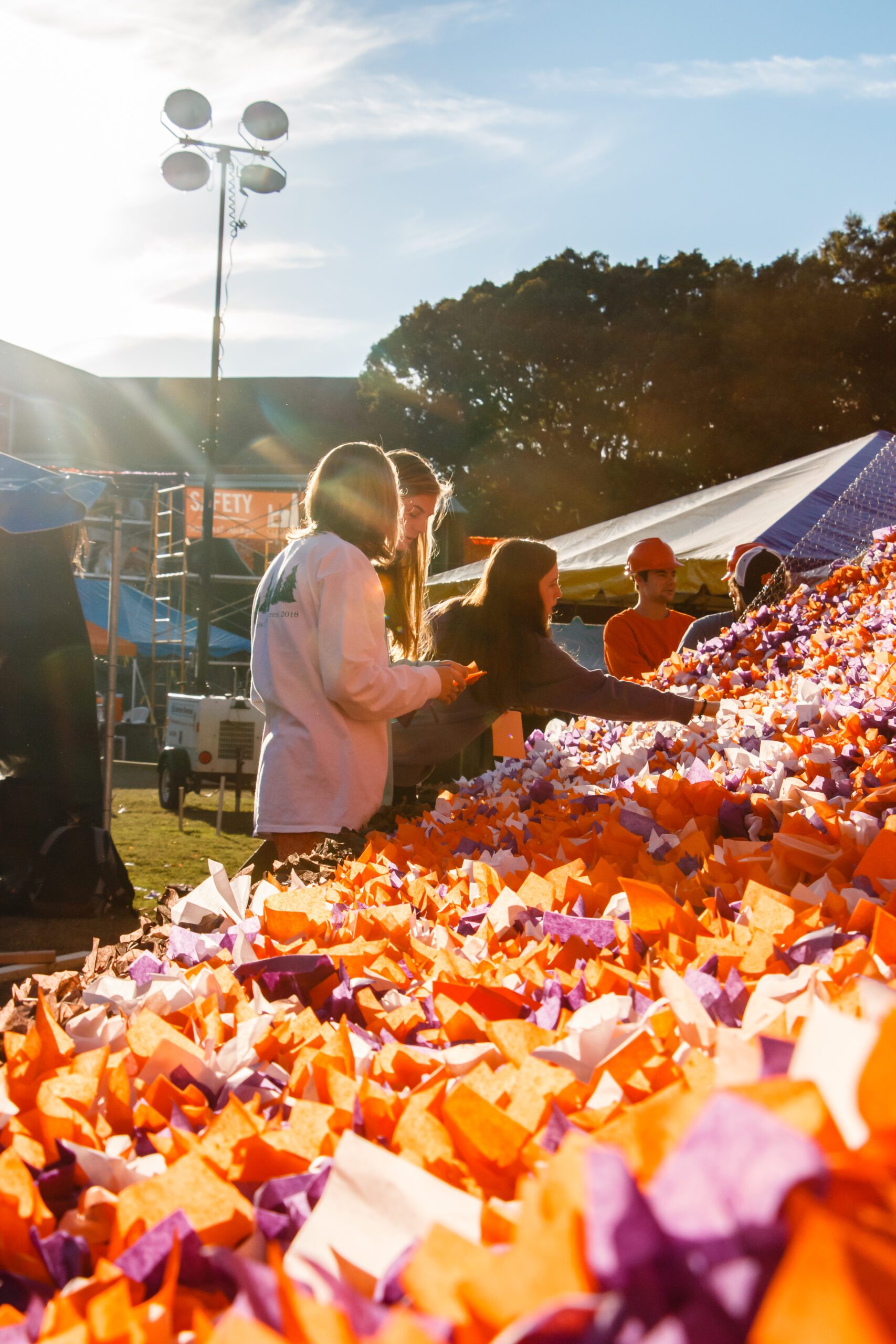
Pomping is the main method for float builds, where students manipulate tissue paper and chicken wire to create intricate designs to attach to the float supports. The floats have increased in size throughout the decades, with scaffolding required for each float that is worked on by multiple organizations at once.
Float building is a 24-hour-a-day process during Homecoming Week, and late-night activities have become custom on Bowman. Students anticipate special one-night surprise appearances from head football coach Dabo Swinney and University President Jim Clements, as well as other sports teams who visit throughout the week to hand out snacks and drinks. Pompers and builders are known for bringing couches and music speakers to set up camp for the week, singing songs and spending time with friends while building their floats. Don’t be surprised if you see a few sleepers under the tents.
Float building has been a prominent tradition since Clemson’s inaugural Homecoming, albeit that they are now stationary. A float parade was originally conducted through Death Valley during the Homecoming football game, but with the growing size and importance of Homecoming as the years progress, the floats now remain on Bowman Field where students, faculty, staff, alumni and the community can enjoy them all at the conclusion of the build. All are welcome to see the floats and take photos with them.
Central Spirit is another driving force behind the scenes of the floats. The student spirit organization hosts the float competitions, working with the Alumni Association to select six judges. Judges vote between which floats best capture the theme as well as the execution for the moving-parts category and the nonmoving category. Central Spirit representatives can also be found passing out hot chocolate and snacks to those late-night float builders.
Homecoming Court
The Miss Homecoming pageant is planned by CUSG and Blue Key honor society. To be a Homecoming court contender, student organizations send a representative of their organization to compete in the pageant. After the pageant, the student body votes on who becomes queen, with the crowning taking place at Tigerama.

Football
Clemson’s first Homecoming football game took place in 1922. Since then, a game has been hosted in Memorial Stadium each Saturday of Homecoming Week. In 1994, The Tiger newspaper released its first-ever Homecoming and Football Traditions edition, where the Tigers hosted Wake Forest.
The football game is seen as a main event to conclude Homecoming Week, bringing in thousands of students, family and alumni to celebrate Clemson as their home. With a stadium as prominent as Death Valley, there is no question that the Tigers make Homecoming extra special when they take the field.

